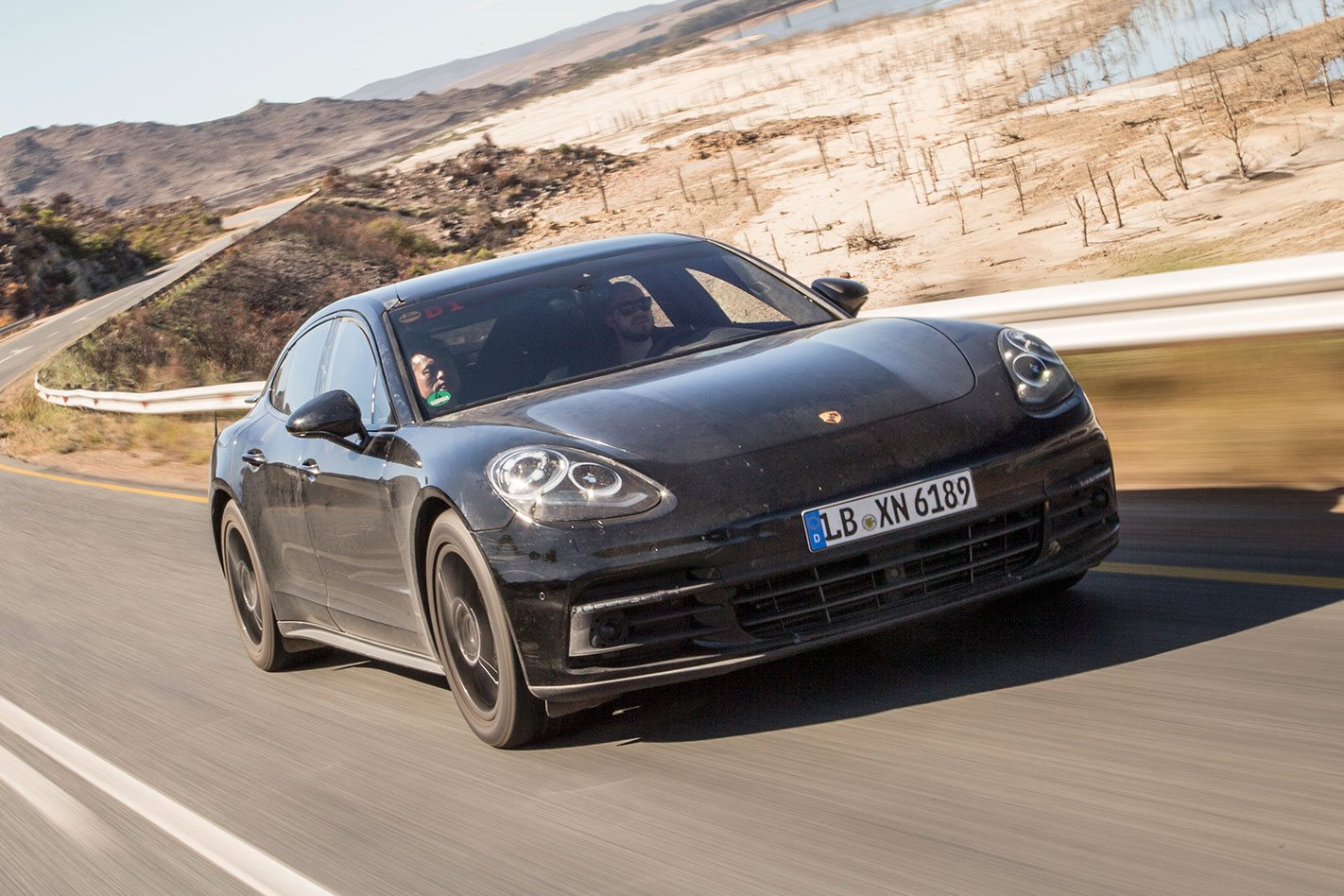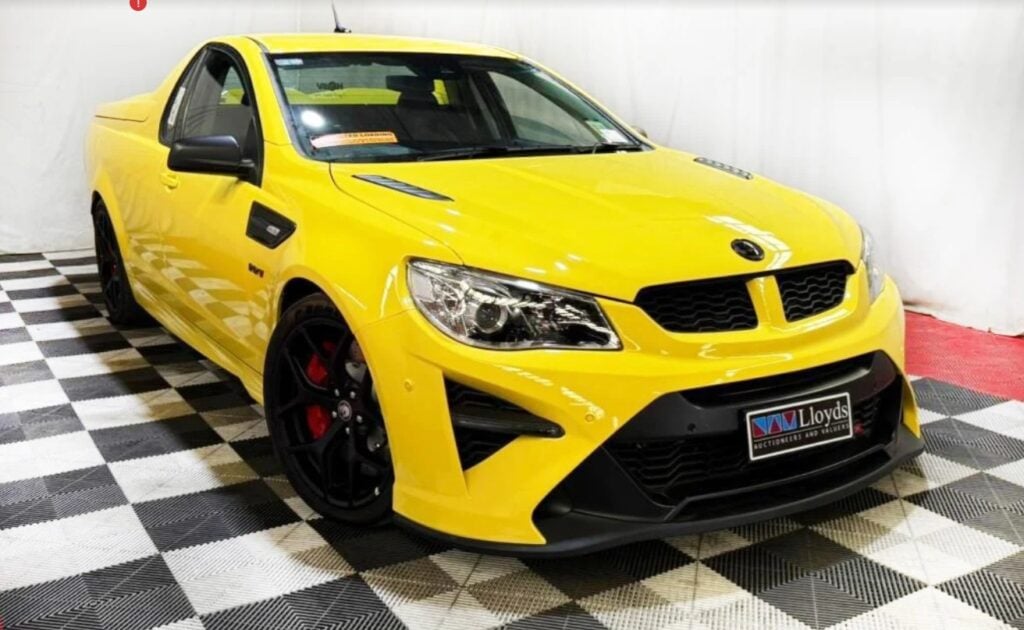Porsche is readying a fresh assault on the super-limo segment, with an all-new Panamera set to debut at the Paris Motor Show in October.
Built on Porsche’s Modular Standard Platform (MSB), Panamera ‘G2’ will debut new engines and promises a massive lift in both dynamic ability and technology for Porsche’s executive express.
A full range of variants will be available, but of most interest to MOTOR folk will be the range-topping Turbo and 4S performance petrol and diesel models.
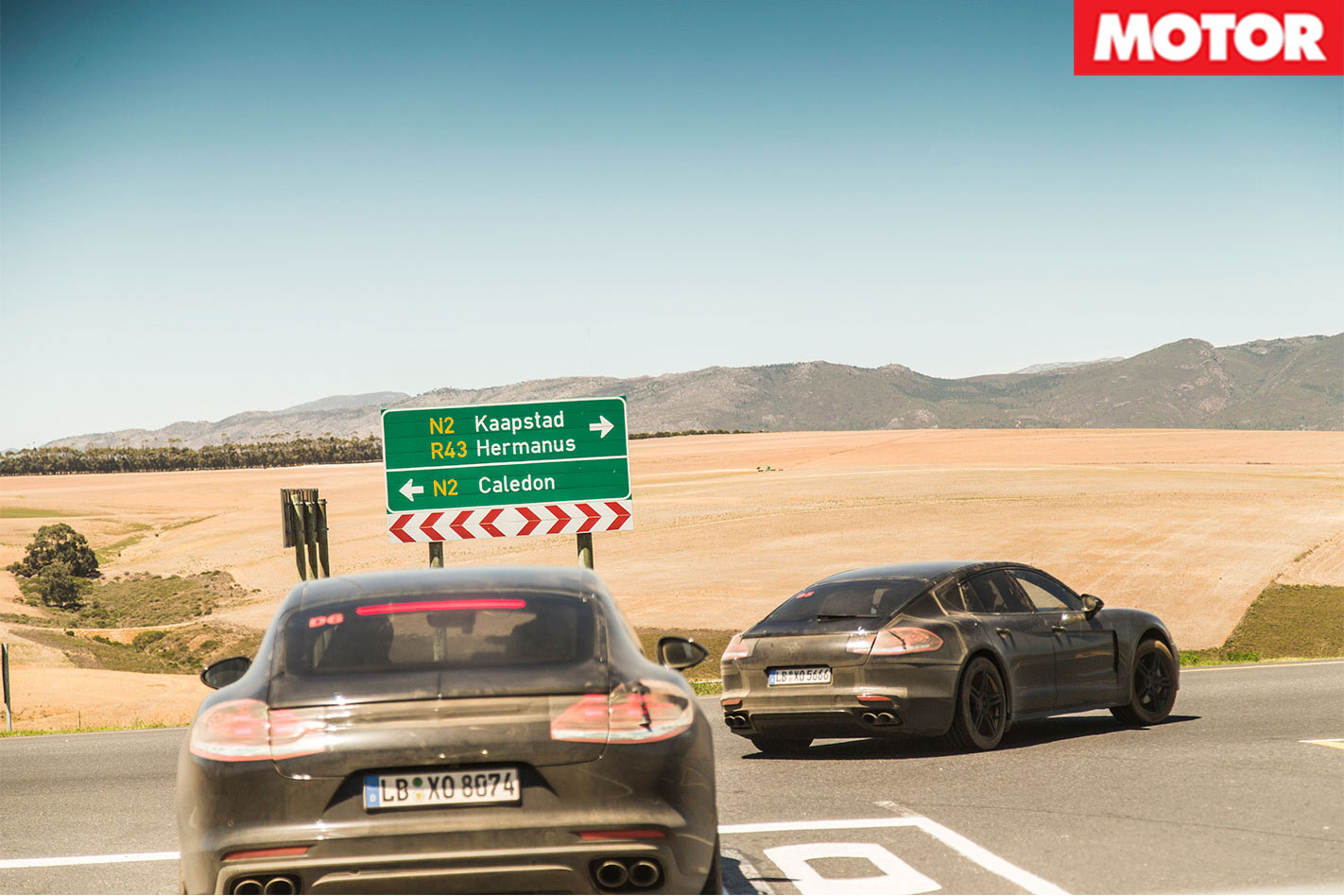
Its 4S petrol sibling utilises a 327kW/570Nm 3.0-litre twin-turbo V6 adopted from Audi, while the big daddy Turbo debuts Porsche’s new 4.0-litre twin-turbo V8 that thumps out 405kW/769Nm and allows this near-two-tonne behemoth to hit 100km/h in just 3.7sec.
Not enough? You’ll want the 441kW Turbo S, which drops the benchmark sprint time to a supercar-hunting 3.5sec.
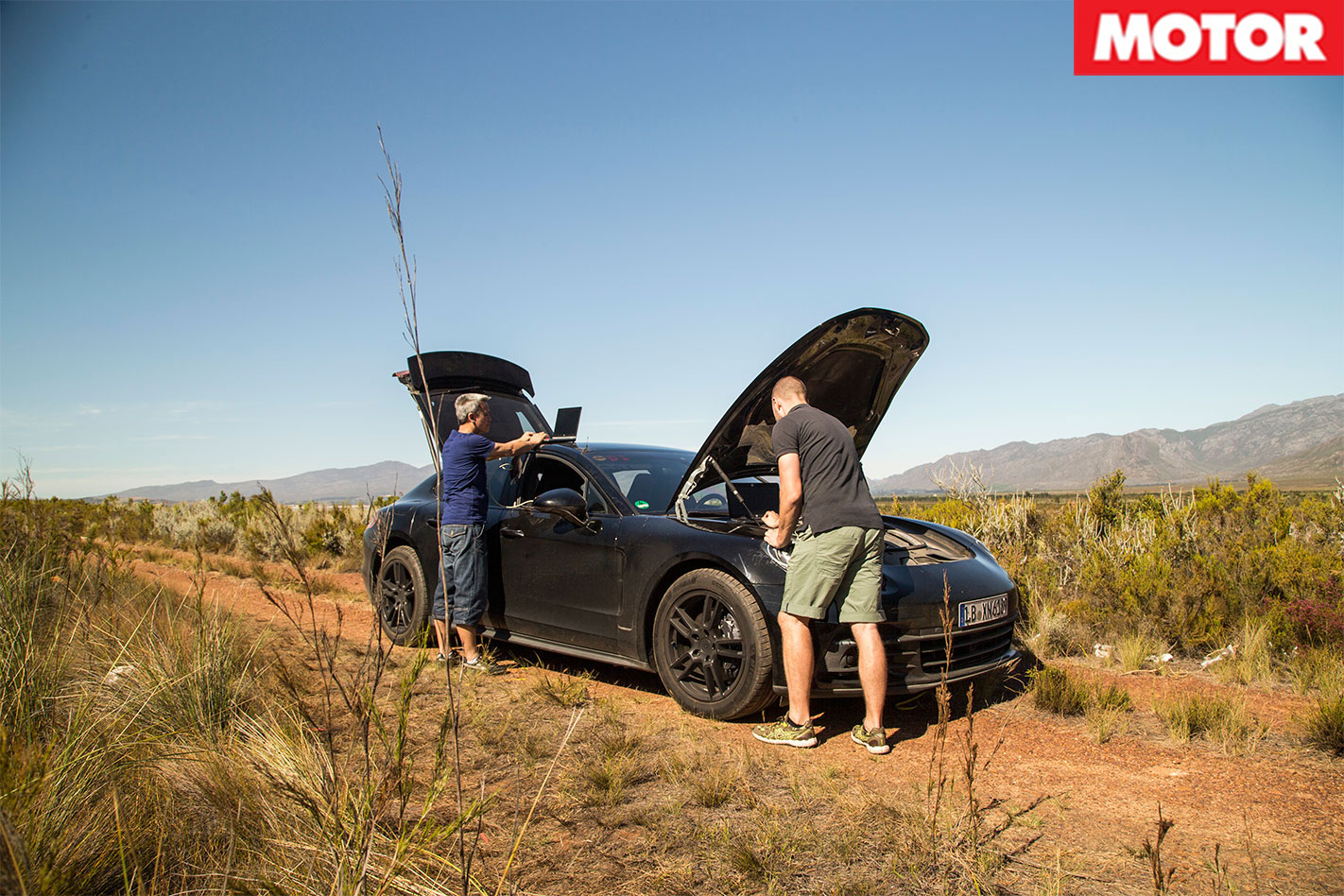
Further improvements to both performance and efficiency come courtesy of Porsche’s new MSB platform, which will also underpin the next-generation Bentley Continental.
Body stiffness is claimed to have increased by 50 per cent while up to 100kg has been saved. Porsche is promising a level of dynamic ability that will take the Panamera far beyond its Mercedes-AMG S63 and Audi S8 plus opposition into the realm of Ferrari’s GTC4 Lusso.

Engine, gearbox and chassis settings can all be controlled via the steering-wheel mounted drive mode selector, and the steering is now electrically-assisted due to the need to incorporate myriad driver assistance systems.
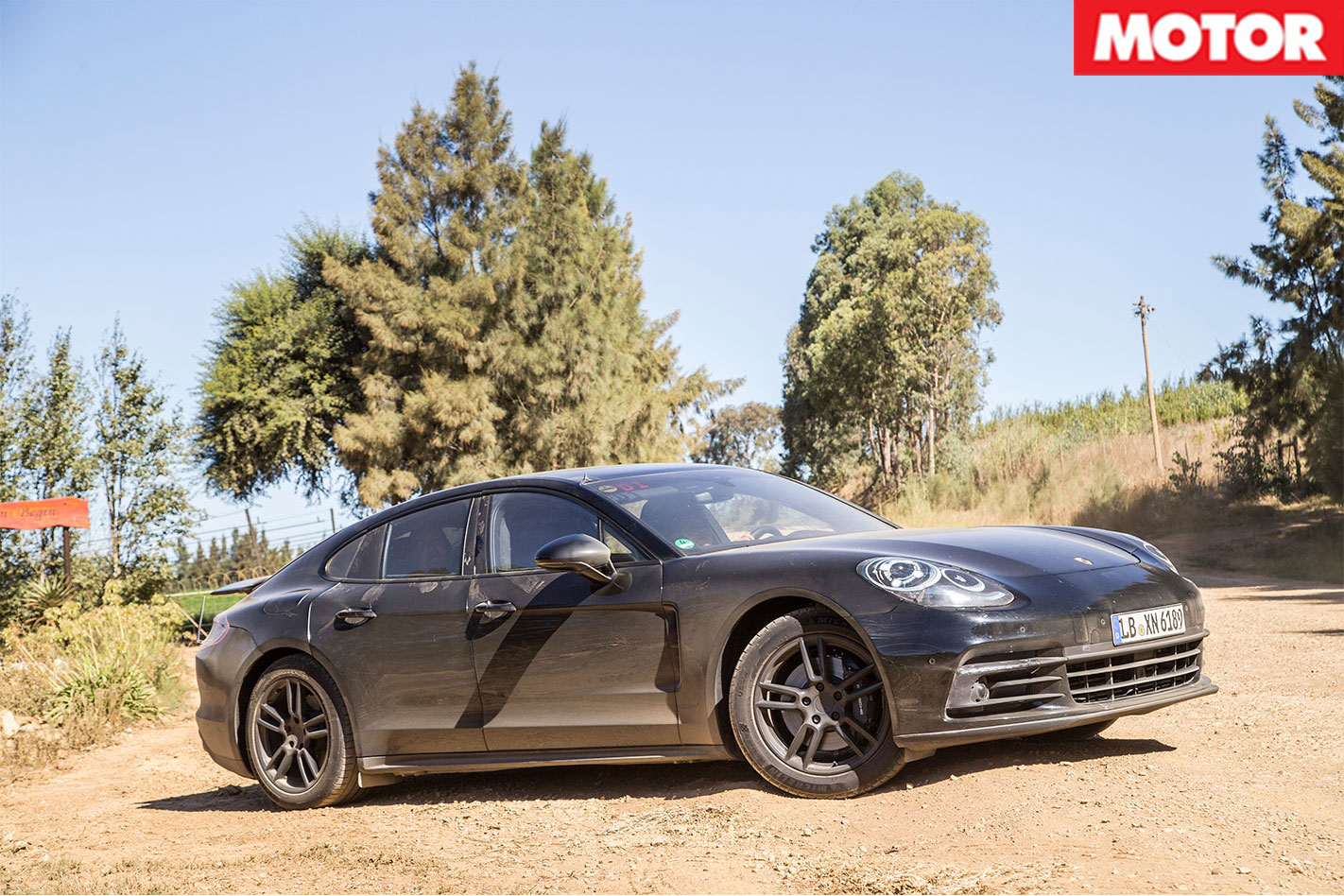
Best described as a supplementary electronic brain, InnoDrive monitors traffic in every direction, can recognise pedestrians and has the ability to drive semi-autonomously.
The tech-fest continues inside with the current Panamera’s aircraft-style button-fest centre console replaced by a 12-inch infotainment touchscreen, with frequently-used secondary controls accessed via another touchscreen surrounding the gear selector.

Thankfully, the first Panamera’s most polarising feature – its styling – has been vastly improved for G2. Heavily influenced by the Panamera Sport Turismo Concept from the 2012 Paris Motor Show, the result is more sleek coupe/sedan and less humpback whale on wheels. A wagon variant, slated for 2019, is arguably even better looking.
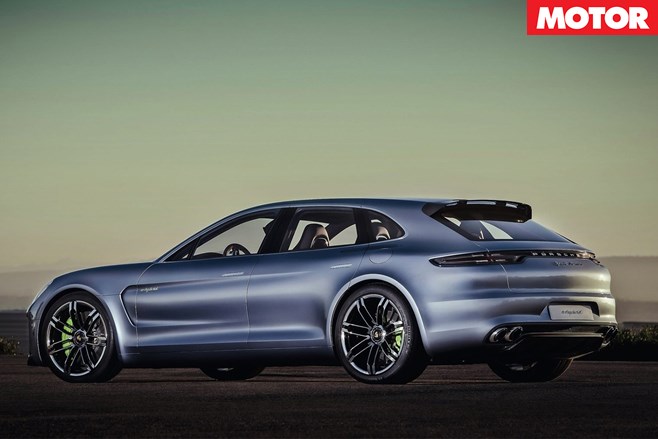
Expect prices to rise across the board, starting at just over $300,000 for the 4S and running to $400,000 for the Turbo, with a late-2017 arrival a pretty safe bet.

